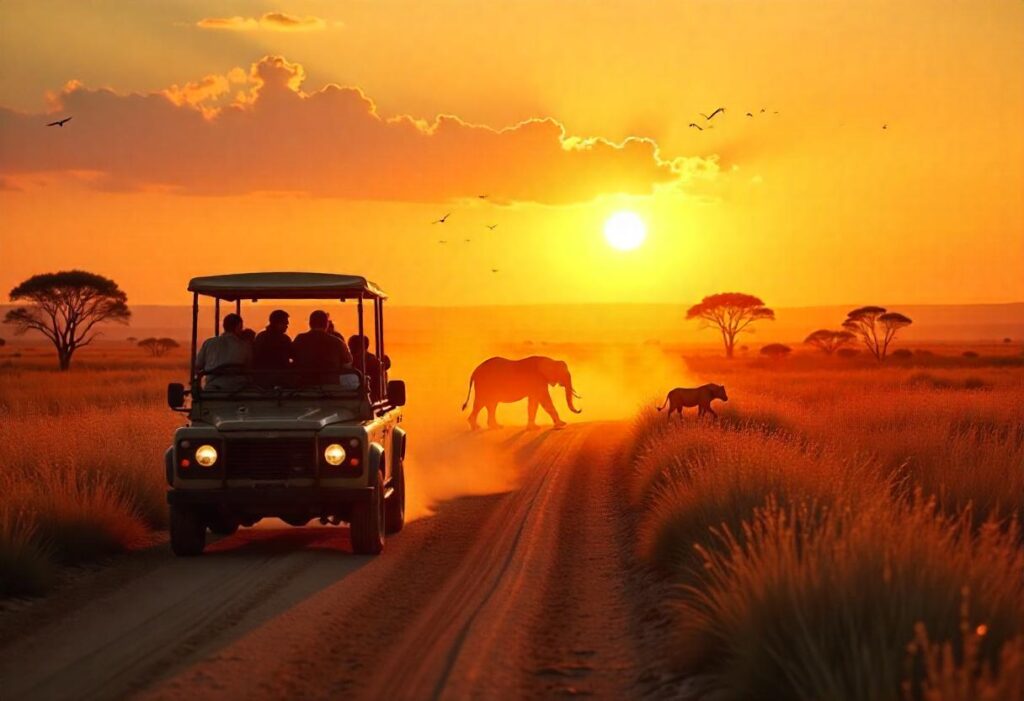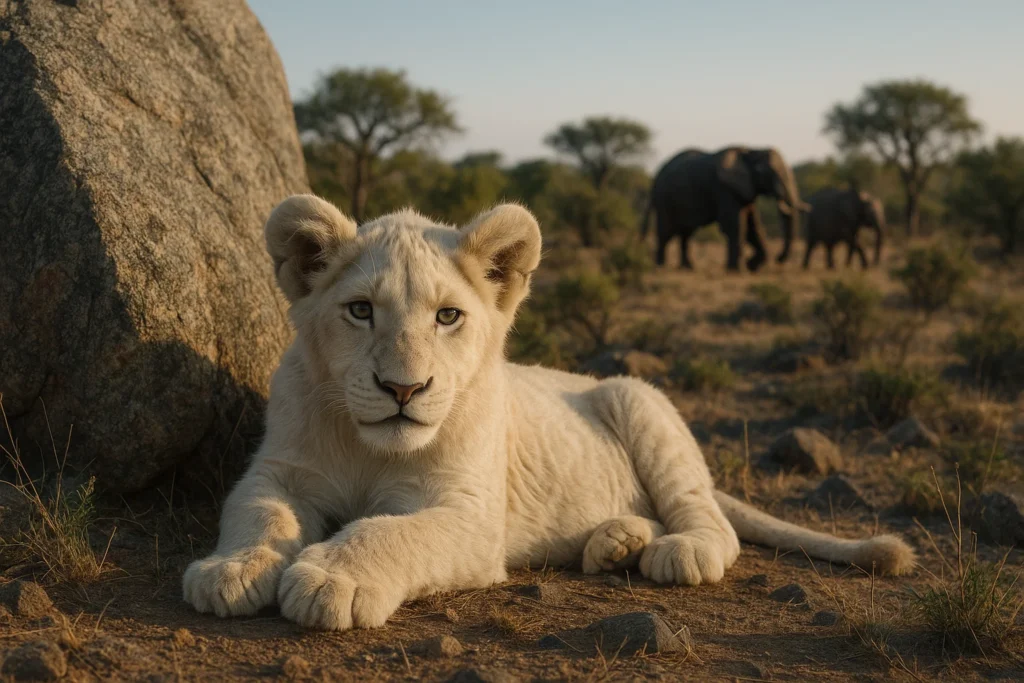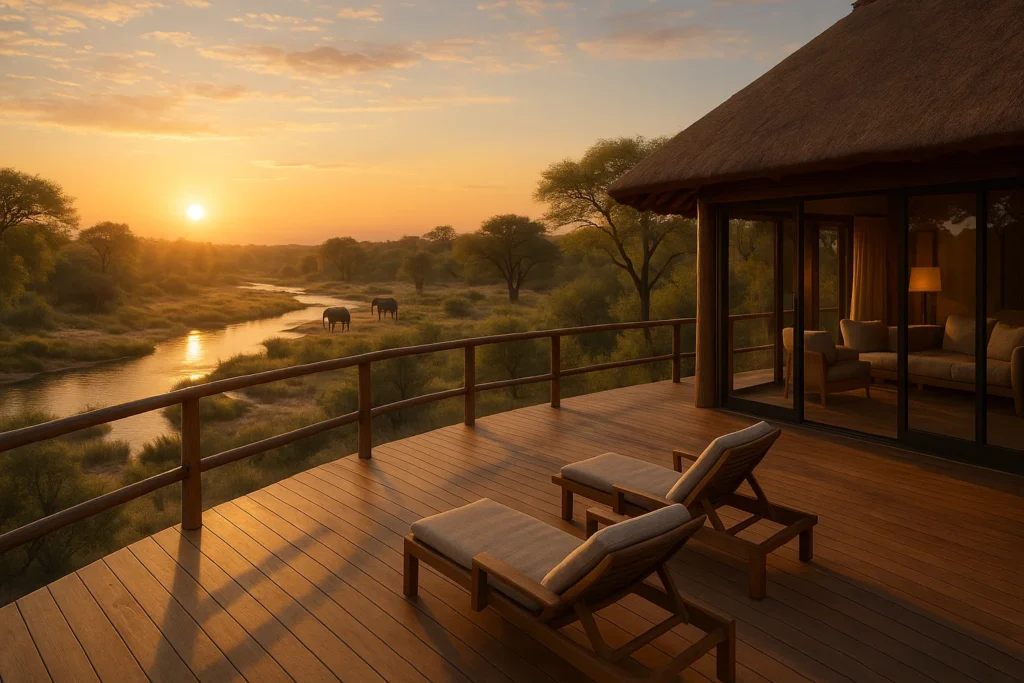Considering a Kruger National Park safari? You’re not alone. As one of Africa’s most iconic wildlife reserves, Kruger offers an incredible combination of accessibility, biodiversity, and safari infrastructure. Whether you’re a first-timer or a seasoned explorer, this guide will help you plan a rewarding and memorable trip to South Africa’s flagship park.
Why visit Kruger National Park?
Kruger is home to the Big Five (lion, leopard, rhino, elephant, and buffalo) as well as over 140 other mammal species and 500+ bird species. Its extensive road network, wide range of accommodations, and year-round accessibility make it a favorite for both self-drive and guided safaris.
Best time to visit Kruger
Dry season (May to October)
- Best for game viewing: Vegetation is sparse and animals gather at waterholes.
- Mild temperatures: Cooler mornings and evenings, with warm days.
- Peak season: Book well in advance for July to September.
Wet season (November to April)
- Lush landscapes: Ideal for photography and birdwatching.
- Fewer crowds: Great for travelers seeking solitude.
- Newborn wildlife: Many animals give birth during this time.
What animals can you see?
Kruger offers some of the best wildlife density in Africa:
- Big Five: Lion, leopard, elephant, rhino, buffalo.
- Cheetahs and wild dogs: Though rarer, sightings are possible.
- Birdlife: From lilac-breasted rollers to martial eagles.
- Unique species: Giraffes, zebras, hippos, crocodiles, and hyenas.
Game drives, either self-guided or with expert rangers, offer different experiences depending on the time of day and region visited.
Where to stay in Kruger
Inside the park (SANParks camps)
- Skukuza: Largest and most developed, with shops and restaurants.
- Lower Sabie: Great for riverfront views and Big Five sightings.
- Satara: Lion country, excellent for predator activity.
Private reserves (Greater Kruger)
- Sabi Sand Game Reserve: Exclusive lodges, high chances of leopard sightings.
- Timbavati: Known for white lions and intimate safari experiences.
- Manyeleti: Less commercial, offers excellent value and authentic game viewing.
How to get there
- By air: Daily flights from Johannesburg and Cape Town to Skukuza, Hoedspruit, or Nelspruit (MQP).
- By road: 4–6 hours’ drive from Johannesburg, ideal for self-drive safaris.
Tips for planning your Kruger safari
- Book early in peak season, especially for SANParks camps.
- Combine regions: Mix a self-drive in the south with a lodge stay in a private reserve.
- Respect wildlife: Always maintain distance and follow park rules.
- Pack wisely: Binoculars, neutral-colored clothing, insect repellent, and a good camera are essential.
Planning a Kruger National Park safari opens the door to one of Africa’s richest wildlife experiences. Whether you want the independence of a self-drive adventure or the luxury of a private lodge, Kruger delivers unforgettable moments at every turn.
FAQs
Yes, Kruger is ideal for beginners thanks to its excellent infrastructure, variety of wildlife, and self-drive or guided options.
The dry season (May to October) offers the best wildlife sightings, as animals congregate near water sources.
Absolutely. Kruger is one of the few parks in Africa where self-drive safaris are easy and rewarding, especially in the southern section.
Top choices include Singita, Londolozi, and MalaMala in the Sabi Sand reserve, known for exclusivity and Big Five sightings.
A minimum of 3–5 days is recommended to explore different regions and increase your chances of seeing a variety of animals.






